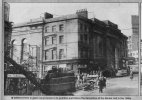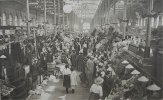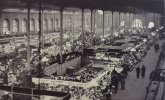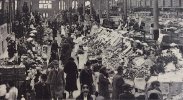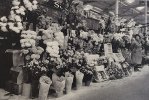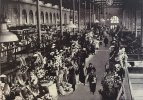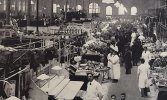Don’t think this image is on this thread. The final curtain for the Market Hall in 1961.
It’s from a film made by the South Birmingham Cine Society (Eric Lynex, Dr Roy Ashley, Mr Bob Marshall were some involved in making the film and the commentary was written by Miss Dorothy McCulla). It was first shown in March 1979.
Maybe we have a link to this film somewhere ? Viv.
It’s from a film made by the South Birmingham Cine Society (Eric Lynex, Dr Roy Ashley, Mr Bob Marshall were some involved in making the film and the commentary was written by Miss Dorothy McCulla). It was first shown in March 1979.
Maybe we have a link to this film somewhere ? Viv.



